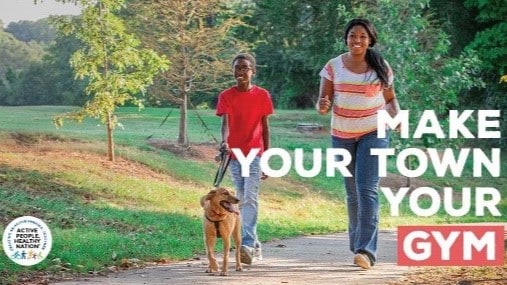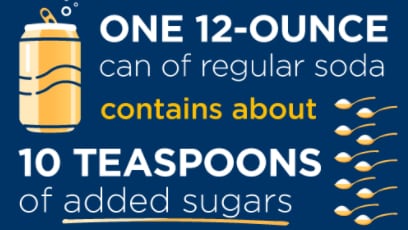At a glance
- Communication is delivering a message to reach a wide, but specific, audience.
- Media may include radio, television, newspapers, magazines, online outlets, and other channels.
- Communication supports the overall program goal and objectives.
- Communication can help sustain program efforts after funding ends.

Types of communication
Earned media is coverage "earned" when your efforts and results are recognized and shared by others at no cost to you.
Partner media is coverage in partner newsletters, listservs, websites, social media, or similar channels.
Paid or in-kind media pushes information through paid advertising or marketing. Resources from partners may support paid media efforts.
Digital and social media includes paid, earned, and partner media through online, social, and mobile media channels.
Key components
Audience research involves learning about your audience. This may include reviewing available data, surveying the audience, or conducting interviews or focus groups.
Planning and implementation include developing a plan with objectives, audiences, channels, activities, and assigning responsibilities. Implementation includes developing and testing messages and materials with the intended audience before use.
Evaluation means tracking what's working, where changes are needed, and how your communications are the meeting intended audiences and objectives.
Potential activities
We encourage state and local program recipients to embed specific communications activities in their strategies. We suggest that they try to have at least one public message and one partner message each month. This could be a mix of earned, digital/social, paid/in-kind, and partner media.
Specific activities for communication include:
- Identify staff responsible for communication activities.
- Focus public messages in ways that advance program objectives.
- Focus messages to partners and leaders on activities, resources, and successes.
- Track communication activities sent to partners. Routinely share the information with program leaders.
- Carry out a campaign focused on consumers. Consider physical activity, reducing added sugar consumption, and priority topics.
- Capture your success and create videos such as these:
Multi-media resources
Videos can inform your audiences about nutrition, physical activity, and obesity prevention.
The State and Community Health Media Center offers free or low-cost materials and images to support your chronic disease communication efforts.

Sharing program success
Success Story Generator helps develop material for decision makers, public health practitioners, partners, and others to promote your program efforts.
Making the Business Case for Prevention Video Series includes five videos about why businesses should care about public health.
Planning and evaluation
Communication Planning Tool helps plan and sustain communication efforts.
Audience Worksheet helps understand an audience and identify specific audience segments
Message Mapping Worksheet helps create messages for an audience.
How to Organize Communication Efforts helps organize communication work and share messages.
Resources
Evidence-Based Guides for States
Best Practices User Guides: Health Communications in Tobacco Prevention and Control
CDC Gateway to Health Communication (CDC)
The CDC Clear Communication Index (CDC)
Health Literacy (CDC)
Making Health Communication Programs Work: A Planner's Guide
Making Data Talk: A Workbook (NCI)
Clear Communication (NIH)
What Works: Health Communication and Health Information Technology (Community Guide)
